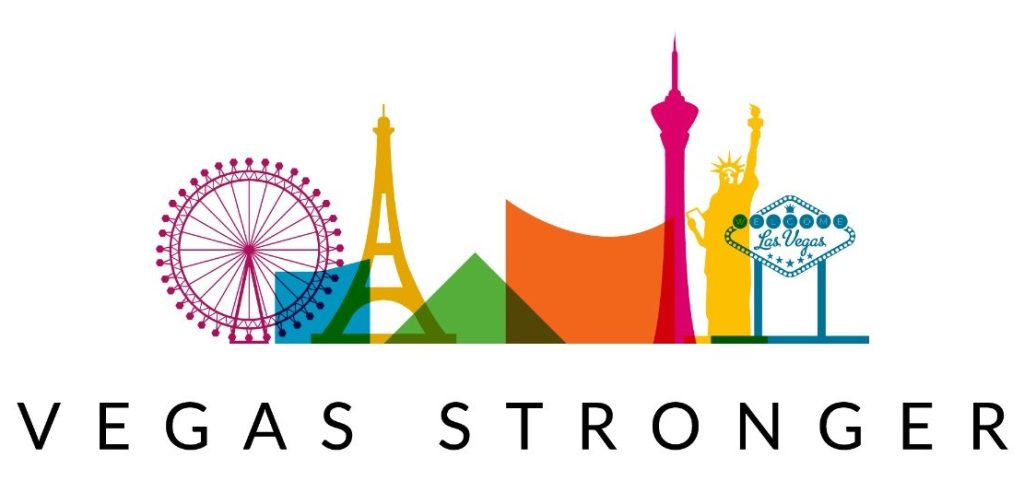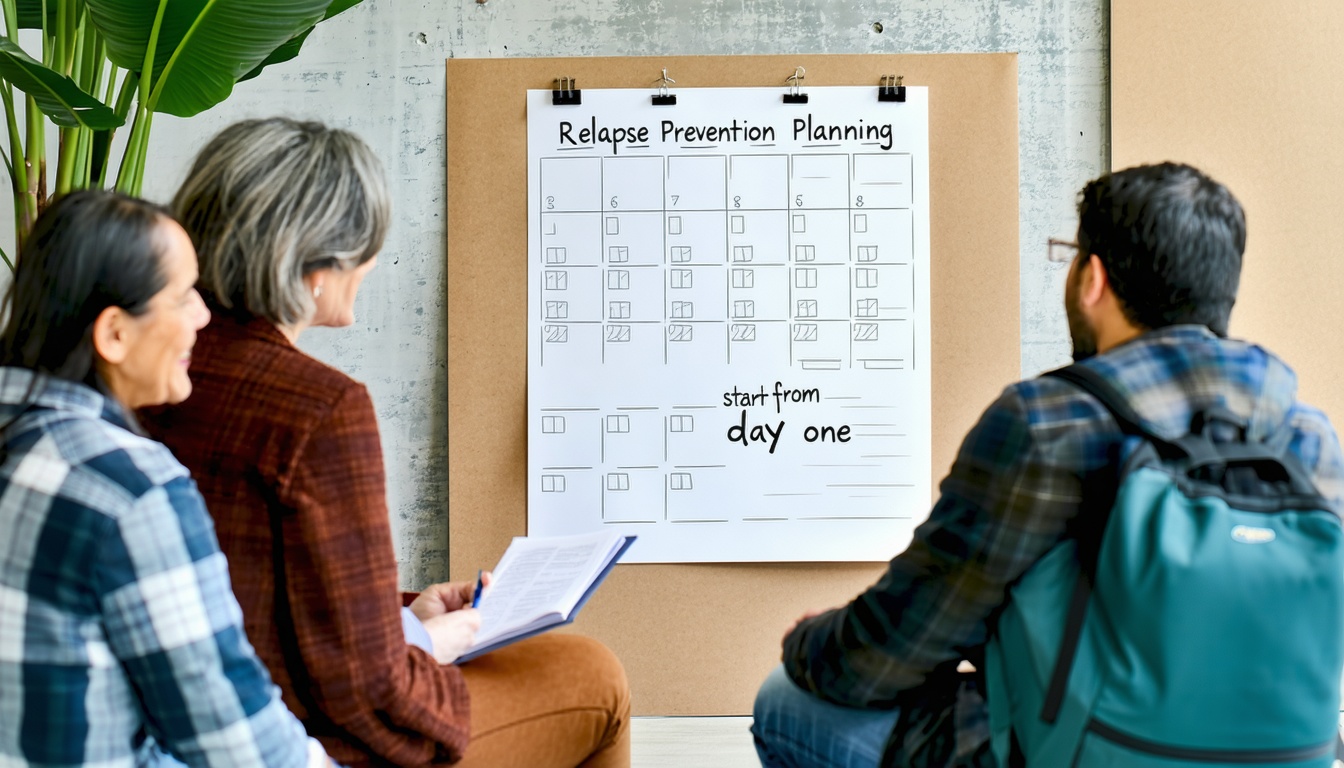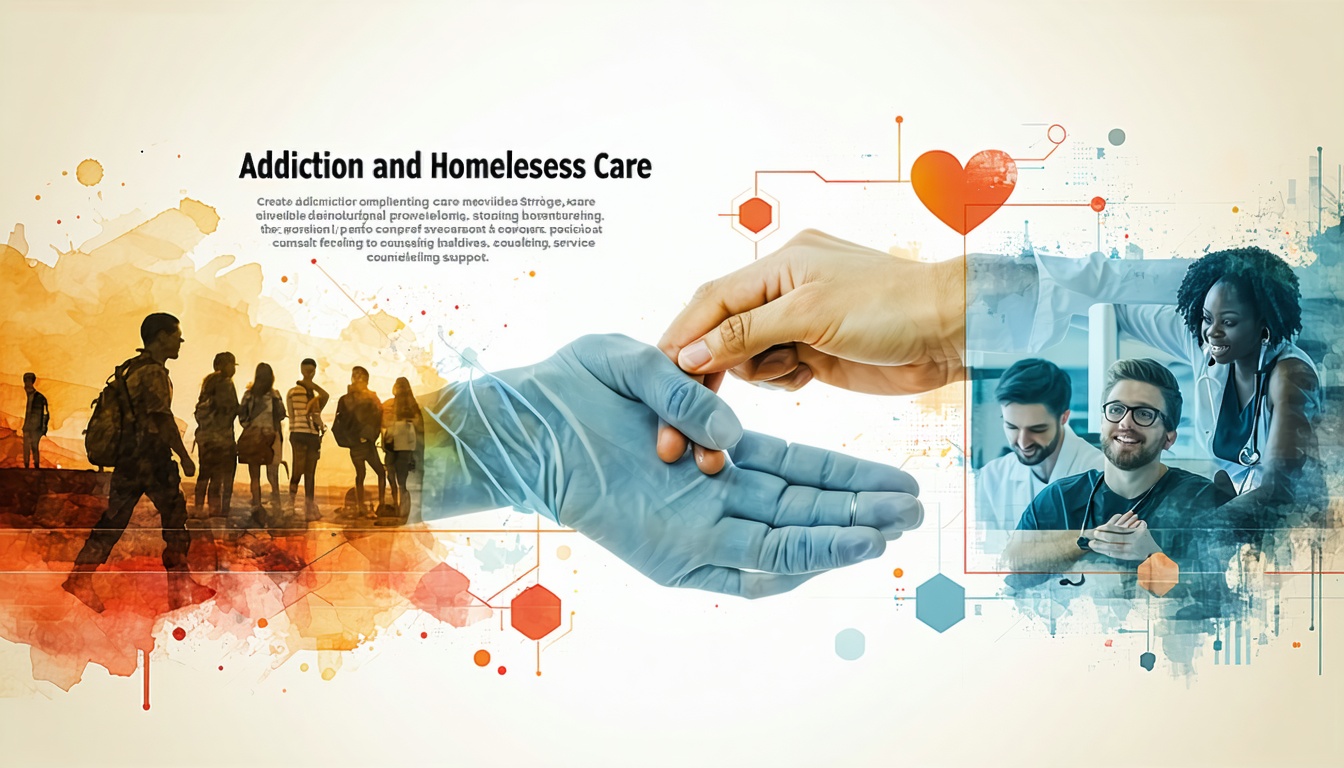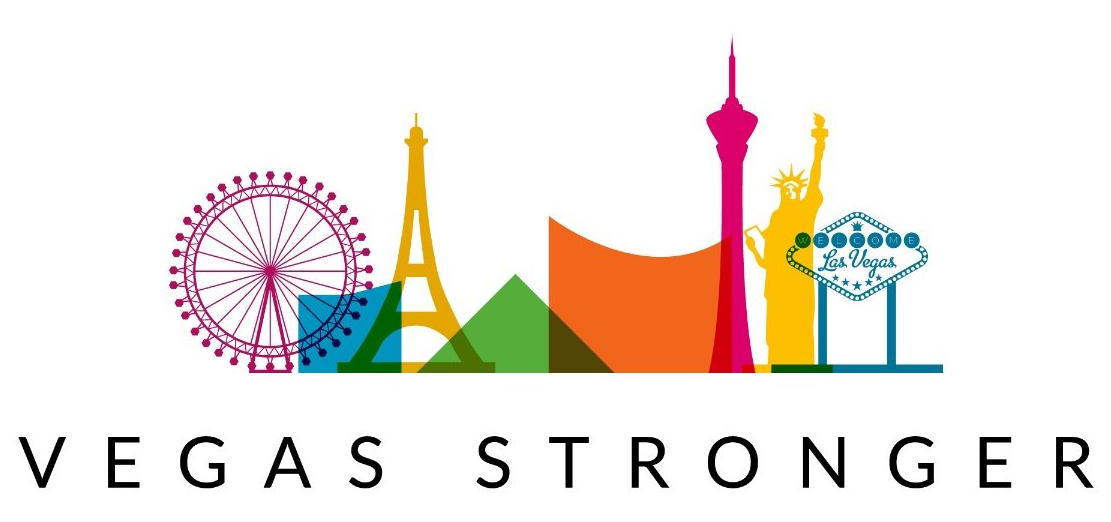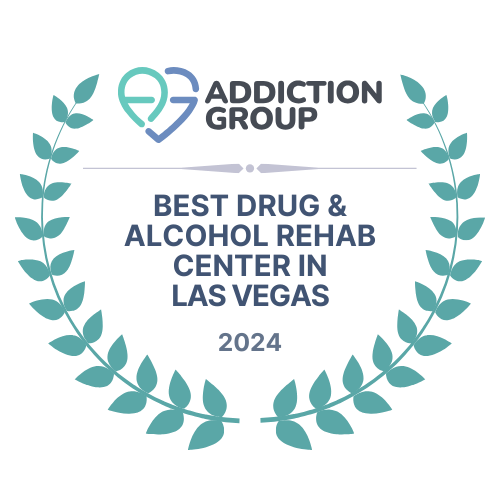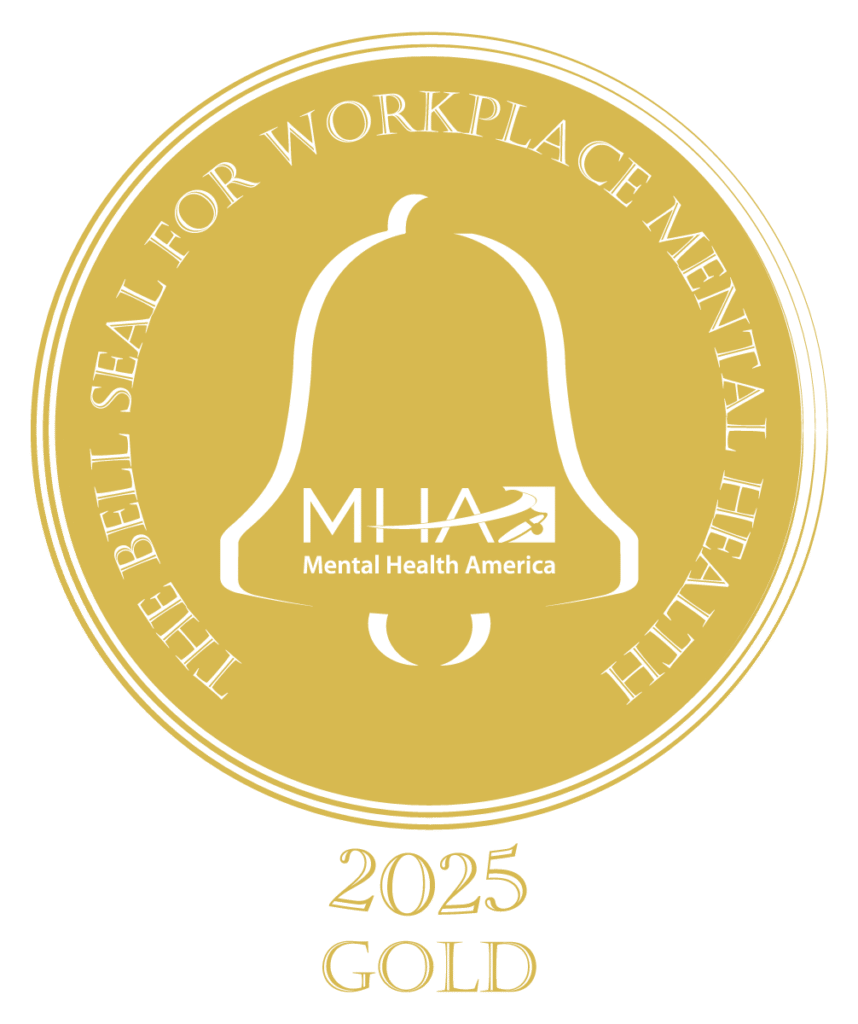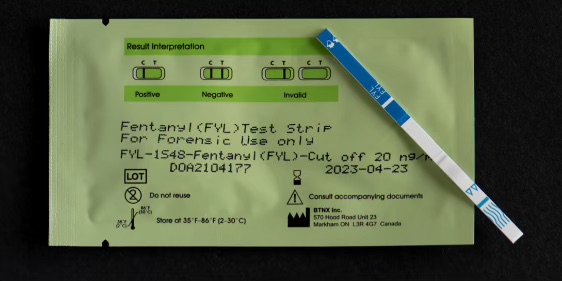
In the landscape of public health and community well-being, the concept of harm reduction has emerged as a beacon of a pragmatic and compassionate approach. Rooted in the belief that all individuals deserve support and dignity regardless of their choices, harm reduction strategies focus on minimizing the negative consequences associated with risky behaviors, such as illicit drug use, rather than enforcing strict abstinence-based policies. Harm reduction embodies the ethos of meeting individuals where they are and providing them with the resources and tools they need to lead healthier lives. Its goal is to save lives instead of abandoning those who are not ready for true treatment and recovery.
What is Harm Reduction?
At its core, harm reduction acknowledges the reality that certain behaviors, such as substance use, sex work, or risky sexual practices, may persist despite efforts to discourage them. Rather than stigmatizing or criminalizing these behaviors, harm reduction seeks to mitigate their potential harms through a variety of strategies. These strategies can range from education and outreach to access to naloxone for overdose reversal, testing strips for dangerous drug levels, and testing services for sexually transmitted infections (STIs).
Types of Harm Reduction Approaches
Harm reduction encompasses a diverse array of approaches tailored to specific contexts and populations. Needle exchange programs, for instance, have been widely adopted to reduce the transmission of blood-borne infections among people who inject drugs. These programs not only provide sterile needles but also offer opportunities for individuals to access healthcare services, counseling, and addiction treatment.
Other harm reduction strategies include access to safer sex supplies, such as condoms and lubricants, to prevent the spread of HIV/AIDS and other STIs. Additionally, medication-assisted treatment (MAT) programs, which utilize medications like methadone or buprenorphine to manage opioid addiction, have proven effective in reducing opioid-related deaths and improving overall quality of life for individuals struggling with addiction.
Evidence of Effectiveness
The efficacy of harm reduction approaches is well-supported by a growing body of research and real-world data. Numerous studies have documented the positive outcomes associated with harm reduction interventions, including reductions in HIV and hepatitis C transmission, decreased overdose fatalities, and most importantly, increased uptake of addiction treatment services.
Vegas Stronger’s Harm Reduction Offerings
At Vegas Stronger, we are here to make sure that our most vulnerable populations are kept safe in a world where overdose is becoming more and more common. Our ultimate goal is to always help a person into treatment and adjust back into a healthy life as a part of society, but we offer judgment-free resources, education, advocacy, and mutual support services in order to save lives, reduce stigma, ensure dignity, maximize self-determination, and decrease health risks. We provide free Narcan & Fentanyl test strips to the community, upon request. We also work with community providers to set up MAT services.
Harm reduction represents a compassionate and evidence-based approach to promoting health and safety in our communities. By prioritizing harm reduction strategies, we can mitigate the adverse consequences of risky behaviors, save lives, and empower individuals to make informed choices about their health and well-being. Embracing harm reduction is not only a matter of pragmatism but also a reflection of our commitment to equity, compassion, and human dignity. As we continue to navigate complex public health challenges, let us champion harm reduction as a cornerstone of our efforts to build healthier, stronger, and more resilient communities.
